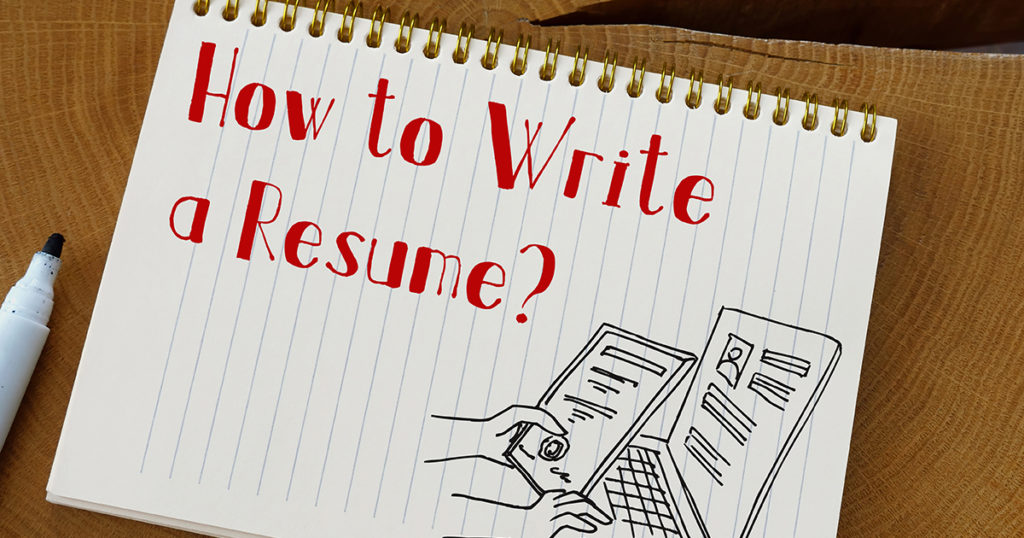An Activities Resume Is a Good Starting Point

You may not realize it, but your student may already have a long list of activities to include on a resume. Resumes provide a summary of a person, and developing one now is the building block for the “real” one that comes later.
Why It Matters
- It’s a historical timeline.
Listing activities, accomplishments and skills will pinpoint your student’s successes or any gaps that may need filling, thus increasing your student’s confidence and encouraging additional interests that can then be added to the resume. - It’s necessary.
A job application is almost always required when applying for a job, but many employers appreciate when a resume accompanies the application. A resume may be required for any volunteer positions your student may be considering. It can also be the valuable edge needed to get into a select summer program.
What Your Student Can Do Now
- Make a list.
Have your student make a list of every sport or extracurricular activity experienced. Then list any job where any money was earned, such as pet-sitting, lawn-mowing, or babysitting. Help your student define the responsibilities and skills that were needed or developed for each job, such as timeliness, basic cooking skills, or simple mechanical repairs. This will be valuable when your student applies for a part-time job during high school. - Think about special abilities and talents.
Is your student a self-taught programmer? Maybe graphic design is more your student’s thing. Cooking, sewing, child care, organizing and many other abilities can be applied to multiple responsibilities for future roles. Your student should include specifics about what they can offer to an employer or activity coordinator. - Use a template.
There are a variety of resume templates available online — and we’ve included a specific activities template for you — but your student’s should include some or all of these components: work experience, extracurricular activities, community service experience and leadership experience, as well as awards and honors.
What Your Student Can Do Later
- Add to the resume.
As your student begins and progresses through high school, update the resume with additional experiences and accomplishments. - Discover the benefits of volunteering.
Your student shouldn’t overlook how beneficial volunteer work can be. Volunteering provides new insights into other people’s lives and gives the volunteer a sense of accomplishment and satisfaction that they’re making a difference in the world. It can also create a career pathway and build relationships that enhance your student’s resume and eventually the college admissions process.
What You Can Do
- Share your insights.
If you have a professional resume, share it with your student and explain its different components, relating them back to your junior high and high school experiences. Point out how valuable each activity or job was in shaping your particular pathway. - Invite your student.
If you volunteer in your community, invite your student along and be prepared to share how your life is enhanced because of your experience — the friends you’ve made and the satisfaction you’ve gained from helping your community.
Next Steps
Be sure to complete the survey questions at the end of this article to be entered into the 529 deposit giveaway!
Additional references, handouts and talking points are available in the right sidebar to use at your leisure. They may prove beneficial to reference now or after receiving future emails – we’ll leave it completely up to you. Use our emails like a recipe for a successful outcome — assemble the recommended ingredients and then follow accompanying directions to add flavor and depth.
